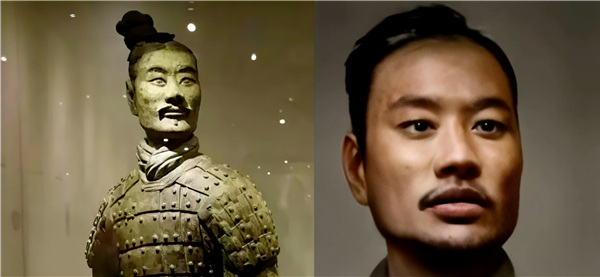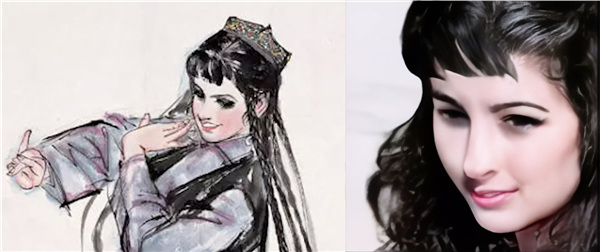 |
|
Hu Wengu's rendering of a terracotta warrior from the Qin Dynasty (221-206 BC). [Photo provided to China Daily] |
The 29-year-old developed eclectic interests growing up. He started studying piano performance at 5, participated in creating Flash animations in primary school, and began programming his own computer games in middle school.
He then studied undergraduate level art management and planning at Renmin University of China, and graduated from the computer arts master's program at the School of Visual Arts in New York.
"I believe that AI is a tool to reduce time spent on laborious processes, giving users more freedom to engage in their creativity. AI can help convert ideas into actual images, and in this way, everyone can become an artist and creator."
Apart from bringing historical characters to life, he has also been exploring the use of AI in the restoration of early archival documentary clips, including motion interpolation and colorization.
The videos he has restored include a fashion show from 1920s Shanghai, in which young women from around China presented the fashionable attire and hairstyles of the day in fluent English and varied Chinese dialects.
 |
|
Hu Wengu's rendering of a dancer's portrait by painter Huang Zhou.[Photo provided to China Daily] |
Due to the restrictions of the current database, the automatic colorization technique is not entirely accurate, so for each video he refers to historical material and makes modifications accordingly.
Another clip shows Beijing and the lives of the city's residents as they were 100 years ago. The original footage comes from the University of South Carolina's Moving Image Research Collection.
In the original black-and-white clip, many details can be easily overlooked. But after restoration, they are rendered visible again. For instance, wary residents can be seen sneaking behind a post, covertly and curiously staring at the camera.